Determining the maximum effective range of the 5.56×45 is easy. Minimal research will point you toward military resources. It makes sense given the 5.56’s pedigree as a military/NATO cartridge. In this case, we simply open up a copy of the US Army Technical Manual 9-1005-319-10 (which covers the M16A2 rifle and the M4/M4A1 carbine), turn the pages to effective range, and you will find these data:
| Individual/point targets (Carbine) | 547 yards |
|---|---|
| Individual/point targets (Rifle) | 602 yards |
| Area targets (Carbine) | 650 yards |
| Area targets (Rifle) | 875 yards |
5.56 Effective Range: Department of Defense
According to the US Department of Defense, maximum effective range is the “the maximum distance at which a weapon may be expected to be accurate and achieve the desired effect.”
To make sense of the above data, the 5.56 is practical for engaging a single target at 602 yards when fired through a 20” barrel. That’s about 547 yards in the case of a carbine’s shorter 14.5″ barrel.
Of course, the “desired effect” in the Army’s case is the production of a disabling wound in an enemy combatant’s body. The Army has determined that a disabling wound can result from impact energy as weak as 60 ft lbs. The basic M193 cartridge, which has a 55 grain bullet and muzzle velocity of 3,250 fps, can deliver that much damage at around 1,425 yards. (Actually being able to hit so distant a target is another story – hence the inclusion of the phrase “may be expected.”)
You may only wish to hit a paper target. General consensus holds that the 5.56 can consistently group shots at 1,000 yards. This is assuming you’re using good ammo under ideal conditions – and also that you’re not some ham and egger who just picked up a rifle for the first time last week.
Civilian Effective Distance

Let’s dig a little deeper into what the 5.56’s effective range looks like. General consensus also holds that the minimum impact energy required for self-defense is between 220 and 300 ft lbs. 260 ft lbs, the average of those two numbers, is a realistic threshold to consider suitable for personal protection. The minimum impact energy considered ethical for hunting whitetail is far greater at 1,000 ft lbs.
We calculated the distances at which a variety of 5.56 ammunition can deliver those two amounts of impact energy in this chart.
| Muzzle Velocity (fps) | G1 Ballistic Coefficient | 1,000 ft lbs Range (yds) | 260 ft lbs Range (yds) | |
|---|---|---|---|---|
| M193 55gr FMJ | 3250 | 0.243 | 96 | 532 |
| Federal 55gr FMJBT | 3165 | 0.25 | 78 | 527 |
| Hornady 55gr GMX | 3130 | 0.249 | 69 | 516 |
| M855 62gr FMJ | 3000 | 0.304 | 99 | 635 |
| Federal 62gr SP | 3050 | 0.228 | 86 | 488 |
| Barnes 62gr TSX | 3000 | 0.292 | 95 | 610 |
| Hornady 75gr ELD Match | 2910 | 0.395 | 201 | 885 |
| Hornady 75gr Interlock | 2321 | 0.234 | -- | 370 |
(It’s important to note that not all of these bullet types are suitable for hunting – especially an FMJ. Full metal jacket bullets don’t expand significantly in soft tissue.)
Data Based Conclusions:
- Self-Defense: Like the Army says, the 5.56 is effective for self-defense well beyond 500 yards. Whether you can even consider a target to be a threat at that range, however, is another matter altogether.
- Hunting: The 5.56 consistently fails to deliver 1,000 ft lbs of energy beyond 100 yards. This is not to suggest the rifle is incapable of anchoring a deer, especially with a well-placed shot, and the right bullet. Of course, few ethical hunters would agree the cartridge is appropriate for long-distance deer hunting.
Let’s conclude by expounding on the 5.56’s suitability for self-defense. It is an intermediate cartridge, specifically designed to cover the maximum typical engagement ranges encountered in modern combat. The average person engaging in home defense will not have to cover a range greater than the length of the largest room in their house. In fact, that’s really all the farther you want the projectile to go, typically.
If you’re worried whether your AR-15 is capable of incapacitating a home invader, set that worry aside. The 5.56 (and 223 Rem) is positively overpowering at close range.

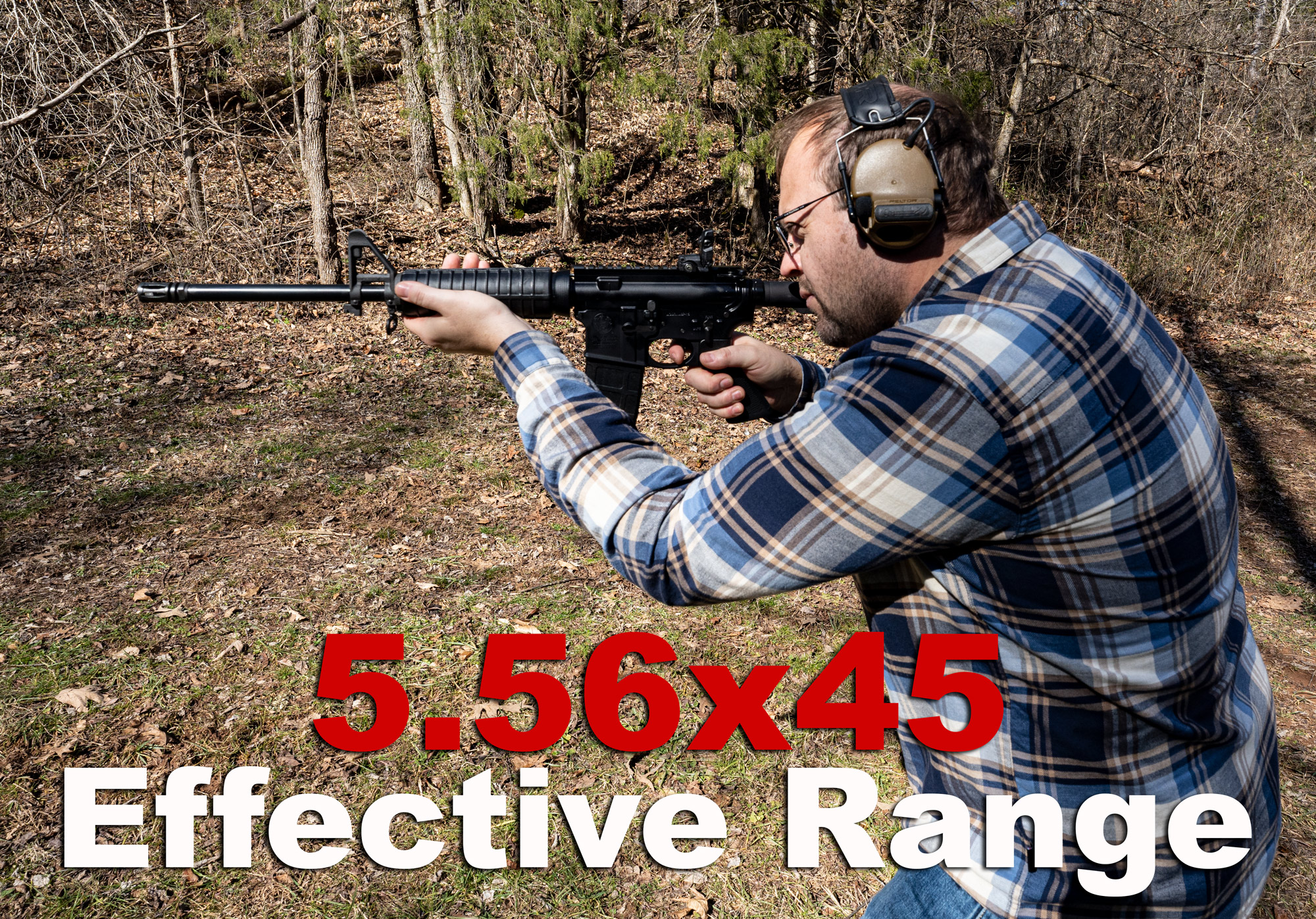
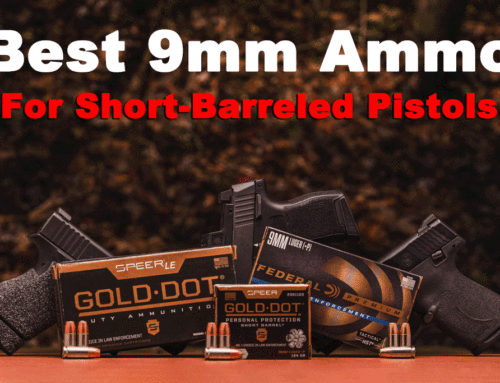
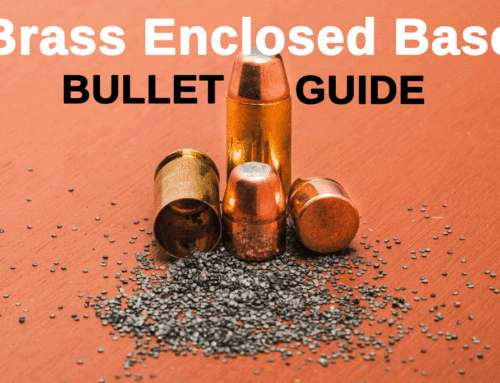
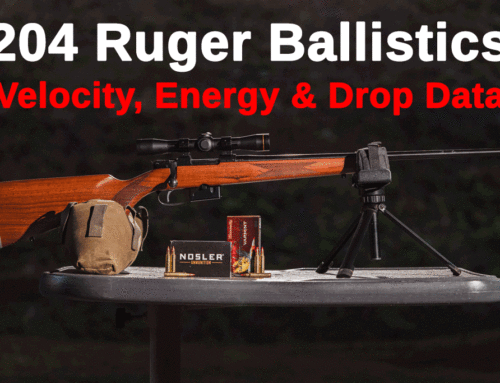
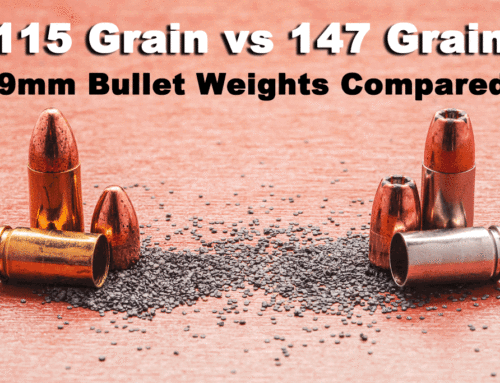
Great article. Well written.
use an ar chambered in 45acp cqcb
What barrel length was used to calculate the table/graph of effective distances of the above rounds?
Hi Simeon – the manual doesn’t explicitly state but they do mention a 39 5/8″ overall length. This seems consistent with the military’s 20″ barrel that was typically issued.
Probably 20″ or 22″ barrel
Yeah, you can take out someone with a 556 but it may take a few shots. I have buddies that served in Iraq and Afghanistan and I’ve heard them say while they were clearing out buildings and engage the enemy they would have to put multiple rounds in the chest area to take out the enemy. I would want stopping power for home defense protection. Maybe a 7.62 or equivalent.
And I have worked in LE for more than 30 years and saw an officer armed with one of our depts colt 6920s fire a single upper torso shot from 40 yds DROP a suspect armed with a shotgun.
There are variables and the human body is remarkable at what it can ( and sometimes cannot withstand)
I would imagine on one of those “ house to house” combat incidents , the soldiers didn’t actually hit their target in a vital area but “thought they did”- worked with former Army Rangers and Marine Force and Division Recon guys who joined the dept. and they were crack shots but like anything else, placement is what counts.
You seem to overlook the FACT that US vets from WWII survived German 7.92mm rifle wounds and Vets from the Korean and Vietnam era survived being shot with 7.62x 54R – some remaining “combat effective” to move with or without assistance as well as use their own 30.06 chambered rifles against the enemy until they were medically evacuated.
Stopping power for home invasions. 20 ga 20 in dbl bbl
A well-placed 5.56 round will kill you dead with one shot. Out to 800 yards. If you hit the brain bucket or blood pump.
So, I’m guessing your friends were not Marine qualified and you are not familiar with the double tap rule of engagement.
Nor do you know how to actually clear a room. The average amount rounds to put a human (in combat gear) is 3 rounds. 2 in the chest to knock them down, if wearing a vest, and one in the brain pan. To insure they stay down.
What kind of optics were used? 600 yards seems like a far shot for open sights. I have a hard time consistently hitting a chest size target with open sights past 150 yards.
Hi Jonathan – the Army’s Operator’s Manual doesn’t specify what was used for optics in it. Sorry to disappoint. You can read the manual here: http://southtexasshooting.org/m16a2_army_tm_9_1005_319_10.pdf.
What about the ballistics of the green tipped 62 gr 5.56 used by the military, good for self defense?
It certainly depends on the situation. For home defense, many would consider 5.56 too much. A miss and you’re likely to send rounds flying way beyond your intended target and potentially into innocent bystanders.
When I would qualify with my M16 in the Army I could consistently hit a target center mass at 300 meters (328 yards or so). We used iron sights for that. Shooting out to 600 yards without an ACOG or something would have been tricky in my opinion. I used a Trijicon ACOG on deployment and I could definitely reach out that far.
Marines Qual to 500 yards with iron sights. (Every single day) one shot one kill!
It’s what we do.
I’ve spoken with several Israeli combat soldiers…every one of which said they definitely preferred the 5.56×45 cartridge over the 7.62×39. Given the choice, they all said they’d take the 5.56 over the 7.62×39 every time, they had *zero* concerns about the ability of the 5.56 cartridge to put a person down. There are times when they have no choice, they *must* use the AK platform, for a variety of reasons…plausible deniabillty being one of those reasons.
USMC iron sites out 500yds black 🎯 10 for 10. Shut your pie holes for the non shooters. It’s the man not the weapon.
Can’t it be both??? :)
I doubt many marines can put 10 for 10 shots in a man’s chest at 500 yards with open sights Robert
It’s been about 35 years but I was an M1A1 Tanker in 1990. To make this situation even more deadly I was also a Specialist E-4. I knew everything and all you had to do was ask. Best I recall after qualifying after a grueling 45 minutes on the rifle range me and my fellow tankers were shooting down targets at a 1000yds facing the opposite direction and looking in a mirror over our shoulder. Iron sights of course. Hungover. Left handed if I’m not mistaken. That’s how I remember it anyway. Can’t seem to find any paperwork to back it up but who would ever think an E-4 wasn’t telling the whole story? Have a good day men and thank you for your service.
I’ll call your bs, with the 10 for 10 shoots at 500 meters, a baker target, for y’all non marine corps shooters, that a man upper torso silhouette, we used this type of target only at our 500 meter portion of our qualifications. I’m not sure about all Marines, but I know the 0311’s,0331’s,may be several other Mos Jobs, at Camp Lejune School of Infantry we did moving and bobbing targets at 500 meters with an able target 14inch radius type, and Battle Sight Zero was Shoot at 800 Meters, on a Baker Target, and to pass that School You had to hit at least 30 out of 40 rounds, all of those was with iron sights. I never qualified by using this technique but just out in the field training, I’d take a small piece of black electrical tape and place it on the smallest rear sight amperture stick it on the 2mm whole, take a sewing needle a pierce the electrical tape dead center of that 2mm whole on the rear sight, this makes your scope incredible smaller making your groups so close, the guys in our pits usually didn’t have to move my spotting spot, where ever we hit the pits pull down target and place either a black or white dot so when they raise the targets back up you can mark in your blotter book exactly where you actually hit the target, and men if you don’t use this technique I guarantee it will help you shoot better, we used them through out the marine corps, at rifle range a small little tablet to mark your targets, and another plot where you actually hit the target, this is what will allow you to change your elevation and or windage or both, the get back center mass. Marine Corps really do make a lot of great shooters you men and women, yes even our women Marines had to be a great shoot or you didn’t become a marine at all. BrassF, was the acraneme we used Breath, relax, aim, stop, squeeze, Fire to kill
Devildog your reply is awesome! Shooters learn from people like you and are immediately better. Oorah